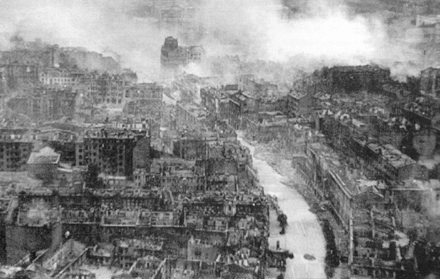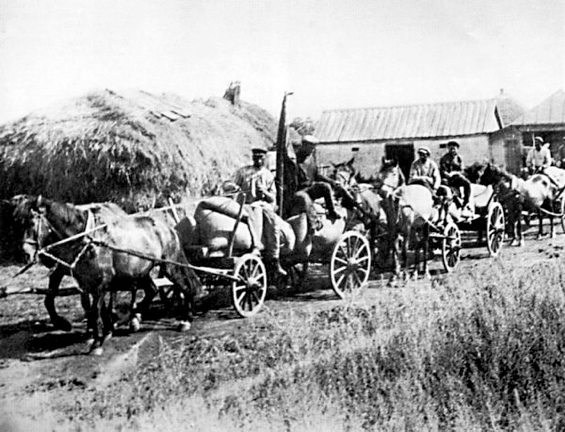Soviet Era

The situation changed dramatically during the period of soviet hegemony, which began in 1922 in the eastern parts of Ukraine, and was imposed upon the western regions from 1938 on. The Soviet regime did its best to eradicate not only the practice of pysankarstvo from Ukraine, but to eradicate pysanky wholesale from Ukrainian consciousness.
Why? Most think it was because the Soviet regime considered pysankarstvo to be a religious (rather than simply a Ukrainian ethnographic/folk/artistic) practice. Vadym Mytsyk, in his book “Pysanky of Cherkashchyna” notes that "Beginning with the 1930s through the 1980s, pysanky were spurned by the official government as something connected to the Christian religion. Many folk artists were forced to abandon their art." As Vira Manko notes, "...the pysanka gradually turned into a relic. This original Ukrainian art form was not only not studied––it was as if it had never existed in Ukraine. There were no books or exhibits on the subject."
Orysia Paszczak Tracz has another theory. As she wrote in the Ukrainian Weekly, “It is ironic that the pre-Christian pysanka became such a ‘danger’ to the Soviets. This writer's theory is that it is not so much the Christian symbolism that threatened the Russians, although that played a role. Because the Russians do not have pysanky in their tradition, this was one folk art that they could not claim as their own, the way they have done with so much of Ukrainian heritage1.”

Other pysanka collections were hidden or spirited to the west. Oleksa Voropay, in this book "Our Folk Traditions," writes of seeing part of such a collection in the DP camps in Munich in the post-war period (here, footnote 3). The curators of the Folk Art Museum in Kolomiya, fearful of the Soviet authorities, hid their extensive pysanka collection in a small room in the museum and then bricked up the door. It was not re-opened until after independence, when it was used to form the basis of the collection of the new Museum of the Pysanka. (This story was told to me by one of the workers of the museum.)
It was, truly, as though the pysanka had never even existed in Ukraine. It was not studied, it disappeared from museums, and there were no books or exhibits on the subject. Not only did all study of the pysanka cease, but there were no publications on the subject of pysanky except for for a short book by Erast Binyashevskiy in 1968 (which was published during a Khrushchev “thaw” and had a very small run; even then it was a rarity, and most copies were exported abroad).
So severe was this attack on Ukrainian nationality and ethnic identity that Danylo Shcherbakivsky, the ethnographer, archaeologist and museologist , committed suicide in 1927 as a protest against the desecration and destruction of Ukrainian art and artifacts by the Soviets.
But, despite the efforts of the Soviets, pysankarstvo did to die out completely in its homeland. There were individual women who, in their villages, preserved traditional Ukrainian crafts and rituals, writing pysanky during the Easter holidays, keeping the old traditions and designs alive. In the mountains and foothills of the Carpathians, the Hutsuls, Bukovynians and Pokuttians kept writing and kept their traditions alive. And, in the relative freedom of Slovakia, the Lemkos continued to write their pysanky. As Mr. Mytsyk had noted, "folk art, including pysanka writing, is a living thing. It cannot be stopped, just as you cannot stop the flow of water."
And, while pysankarstvo struggled to survive in its homeland, Ukrainians abroad in the diaspora were not only keeping the art of the pysanka alive, but proudly sharing it with the entire world, and popularizing it to a degree never before seen. In doing so, they changed the nature of the pysanka from a talismanic object to a just a pretty egg.
_____________________
-
1.Besides trying to destroy Ukrainian ethnic identity via Russification, and the Ukrainian people via genocide (Holodomor), Russia has stolen much of Ukrainian history. “Rossiya” was known as Muscovy until 1547, when Ivan IV changed the name, and took ancient Ukrainian history (Kyivan Rus’) for his own.
Back to History home page
Back to MAIN Pysanka home page.
Back to Pysanka Index.
Search my site with Google
Soviet Era


